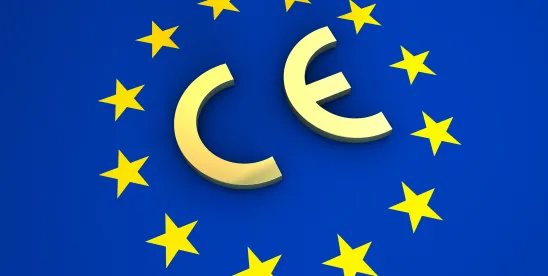As trademark owners it is vital to not only use your registered trademark in a serious and thus rights-preserving manner, but also continuously take care to obtain and secure evidence of a rights-preserving use. Proof of use can become significant at various stages in the life cycle of a trademark. Focusing on revocation actions by third parties, the European General Court has recently underlined again that EU trademark law operates on the straightforward principle of “use it or lose it” and that a trademark no longer in the five-year grace period, no matter how well-known, may be vulnerable to be revoked for non-use if its owner does not provide sufficient evidence of use. Whilst well-known trademarks are also protected as non-registered trademarks, maintaining trademark registrations is crucial for efficient enforcement by national courts and public authorities such as customs and the police. This blog should serve as a crisp reminder for trademark owners on why proof of use having ready can be decisive for the protection of your brand.
EU trademark law operates on the straightforward principle of “use it or lose it”
It is the same case as for muscles and the brain. Also, for trademarks the straightforward “use it or lose it” principle applies.
If a trademark that is no longer in the five-year grace period is not used for the claimed goods and/or services for a continuous period of five years, it is vulnerable to revocation for non-use. This applies universally, meaning well-known trademarks are not exempted therefrom. As a result, proprietors of well-known trademarks may not simply rely on the fact that their trademark is recognized and reputed among the public. Rather, it is crucial for all trademark owners to maintain evidence of use of their mark to defend the registration, no matter how well-known the particular trademark is.
In addition to the risk of revocation, evidence of use can also play a decisive role in proceedings against third parties based on your own trademark. If the trademark is no longer subject to the grace period, which is in the EU five years (in some jurisdictions such as China even three years!), third parties may raise the defense of non-use. Evidence of use can also become crucial when proving an increased distinctiveness or reputation of your trademark due to intensive use.
Evidence requirements
When being required to prove the use of your trademark, the quality of the proof-of-use evidence is of vital importance. As emphasized by the European courts in several decisions, genuine use of a trademark cannot be proven by means of probabilities or presumptions but must be demonstrated by solid and objective evidence of actual and sufficient use of the trademark on the market concerned.
It is therefore incumbent upon trademark owners to provide solid, objective and qualitative evidence that clearly demonstrates the place, time, extent, and nature of use of the mark. In particular, the evidence must relate to the commercial volume of the overall use, the length of time during which the mark has been used, and the frequency of use.
Further, it would be negligent to rely on individual elements of evidence in isolation. For instance, affidavits signed by internal representatives or employees are merely indicative and must be supported by other evidence. The weight of the evidence ultimately depends on the interplay of various pieces of evidence, which, when viewed as a whole, form a uniform picture that proves the use of the trademark. For example, advertising and promotional material should be submitted together with evidence of the distribution of this material. In addition, it must be noted that sales and turnover evidence is essential to prove the use of the trademark. Further means to proof use of a trademark may be invoices and commercial documents, screenshots from websites offering the products marked with the trademark including Google analytics reports showing the number of visitors to those websites in a particular period, opinion polls and market surveys, as well as financial reports.
Thoughts to spend on the filing strategy for your trademarks
In many cases, there is a risk that an overly broad specification of goods and services triggers objections and revocation requests by third parties. Third parties may exploit this vulnerability as a means of exerting pressure in legal proceedings and in negotiations, e.g. by way of counterattacks against enforcement measures.
On the other hand, under certain circumstances, it can be advantageous to apply for broader terms, particularly if those broad terms do not constitute sufficiently broad categories of goods or services for it to be necessary to identify sub-categories within them. For example, the use of a trademark for “decorative lettering; increased performance packages; covers for storage compartments; wheel sets and complete wheel sets for summer and winter; and door sill cover plates” may constitute use for the broader category of “motor vehicles and land vehicle parts”, which covers a considerable range of products that vary greatly in terms of consistency.
If you consider applying for a trademark that covers goods as well as services, you must bear in mind that from evidence only demonstrating the use of the trademark for the products claimed it cannot be concluded without further ado that the trademark has been used as well for the claimed services. Rather, you must demonstrate that the trademark is particularly used for the services covered your trademark.





 />i
/>i
